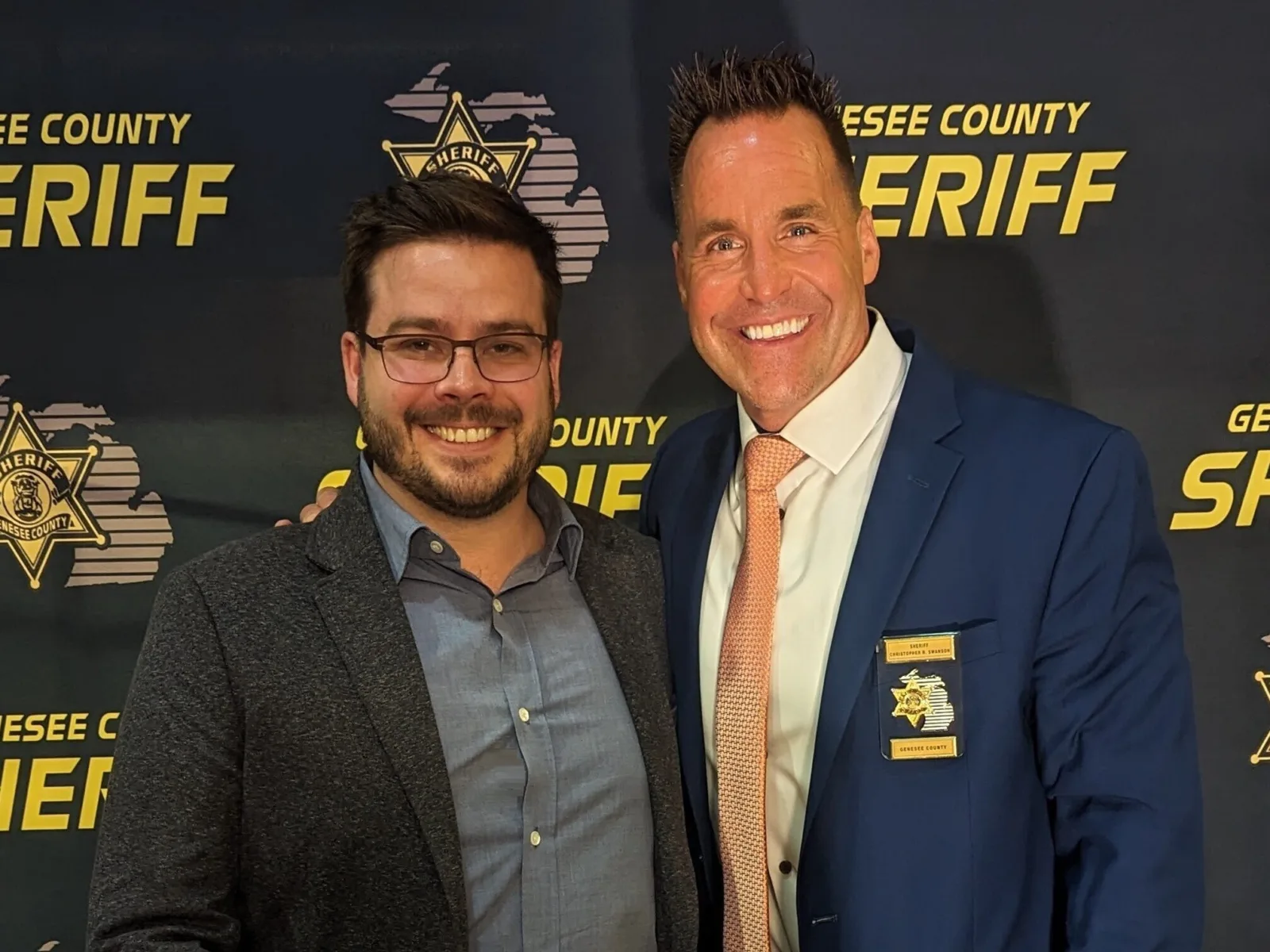Since 1930, the Federal Bureau of Investigation has collected and published national crime statistics in the annual Uniform Crime Reporting (UCR) program. But a lot has changed in the United States over the past 90 years, and it is becoming increasingly clear that our nation needs more than what the UCR can provide if we want to collect the data necessary to help policymakers reduce violence and save lives.
This insight was one of the technical yet groundbreaking ideas discussed last week at the virtual event, “Improving Data Infrastructure to Reduce Firearms Violence.” Hosted by Arnold Ventures, NORC at the University of Chicago, the Data Foundation, and the National Prevention Science Coalition, the event built on the work started by the Expert Panel on Firearms Data Infrastructure. But while the Panel has issued a blueprint of priorities with key recommendations to improve the firearms data infrastructure, challenges remain on developing concrete steps for implementation.
Solving this implementation problem is critical, Arnold Ventures’ Vice President for Criminal Justice Walter Katz explained in his introduction, because data about gun violence in the United States is “limited, opaque and inaccessible.”
This lack of data not only undermines research, but also makes it difficult to overcome partisan divides. John Roman, a senior fellow in the Economics, Justice and Society Group at NORC at the University of Chicago, pointed out that any debate about gun violence requires a “shared set of facts” and emphasized the need to “think about firearms data infrastructure, rather than beginning with policy recommendations.”
Overall, the event issued three overarching goals that were outlined in summary papers — improving data collection for nonfatal gun injuries, promoting data-driven and strategic policymaking, and investing in state and local government data systems.
Building Better Connections
Some of the panel’s specific recommendations are ready-made, requiring no additional research aside from execution. For example, the position for a federal chief statistician could be filled. This role is key to coordinating interagency data collection efforts — a point emphasized by Nancy Potok, who held the position under the Obama and Trump administrations. Even something as simple as providing better hardware and software to store firearms data would provide the needed infrastructure to support future endeavors.
Other recommendations involved building better connections between already existing data collection sites. For example, databases of hospital billing codes are a source of important information about nonfatal gun injuries. But collecting that data needs to be improved to better measure criminal use of firearms.
“Too many firearm injuries are coded as accidents incorrectly,” said Cathy Barber, a senior research at the Harvard School of Public Health’s Injury Research Center.
Fully funding the National Crime Statistics Exchange (NCS‑X) would allow the initiative to build these connections and take on the task of creating an accurate and robust nonfatal injuries database.
The successful national data collection for firearm fatalities also shows how information from multiple agencies can be linked into an accurate and accessible unified database. However, larger challenges loom when it comes to reforming the existing gun data infrastructure — specifically the FBI’s UCR.
Challenges at the Top
The FBI’s UCR program tracks firearm crimes, but it does not include details about victims, the type of gun, or resulting injuries, which is vital information for future policymaking. Such data is included in the FBI’s National Incident-Based Reporting System (NIBRS), but the largest police departments in the United States — such as in Chicago, New York City, and Los Angeles, as well as the Los Angeles Sheriff’s Department — do not participate, severely limiting the data’s utility.
Ultimately, panelists recommended that the federal government fully fund the Bureau of Justice Statistics in order to support the infrastructure and reporting structure to collect necessary data through NIBRS. Small tweaks to NIBRS would render the data useful for tracking firearms use, but the NCS‑X needs to be fully funded to make any use of such data points.
Overall, there are opportunities to create a simpler, streamlined, incident-based reporting system. Much of the information is already available on the local level, which can help us understand how firearms are being used, who is being injured, and why. Collecting the data in a central location and making the data accessible will assist in implementing better evidence-based solutions tailored towards the needs of communities.
Rep. Bobby Scott of Virginia explained the stakes as he helped to open the event, pointing to the how schools have scrambled in response mass shootings without an objective sense as to what policies would actually keep kids safe. Hiring school resource officers, he said, remains an example of a knee-jerk reaction to gun violence in schools, but there is “not enough research to determine effectiveness.” The recommendations and work of the task force will go a long way towards modernizing firearms data collection and making it useful for on-the-ground decision-making.






















